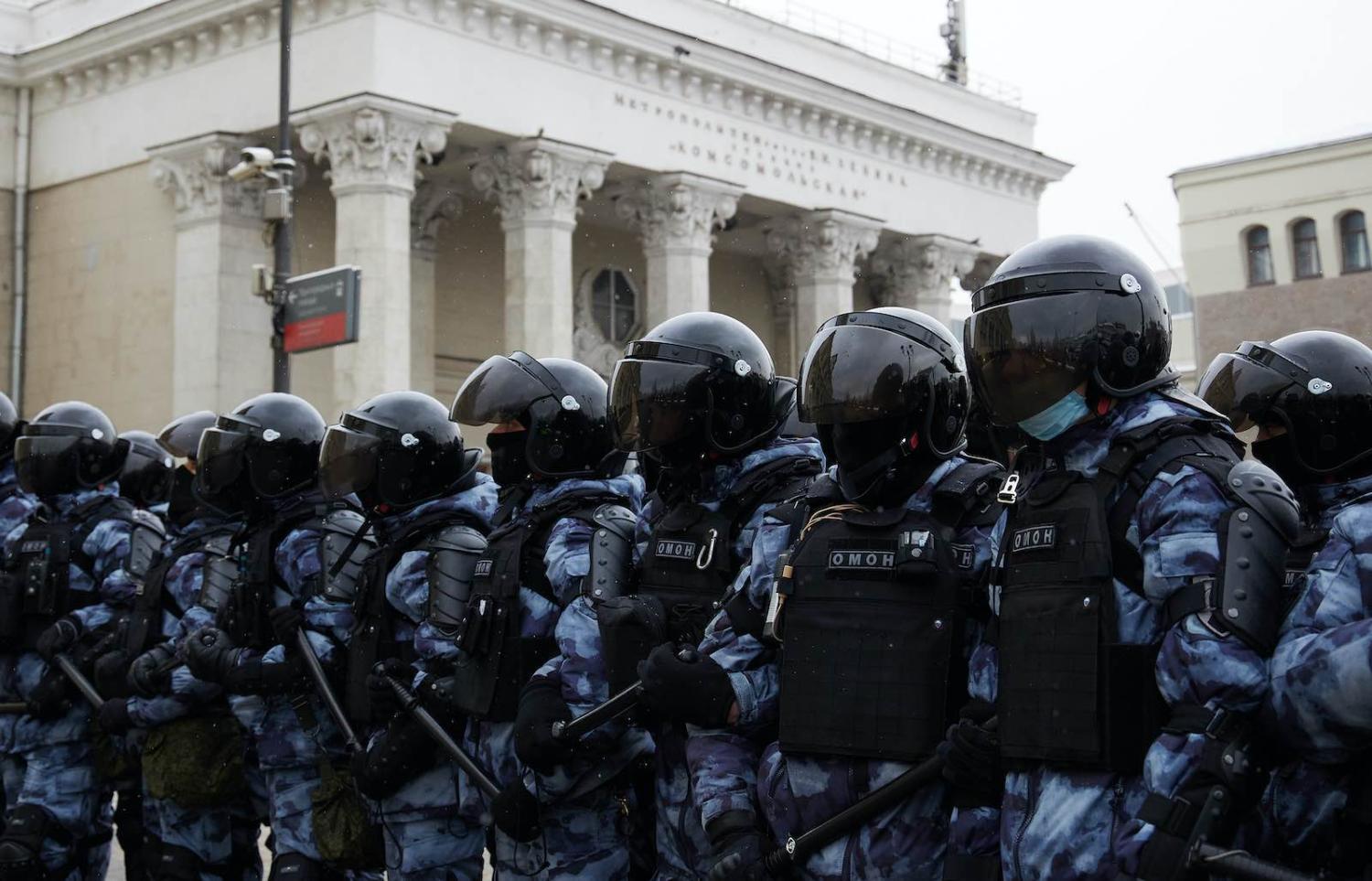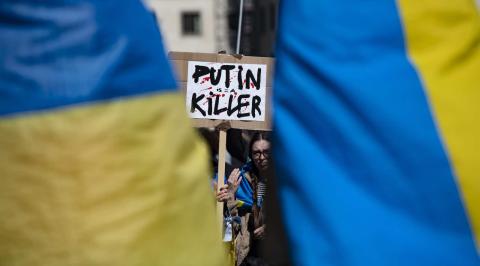Large street protests swept more than a hundred Russian cities in late January. The rallies were sparked by the arrest and jailing of prominent Kremlin critic Alexei Navalny and the release of his widely viewed “Putin’s Palace” corruption exposé video on YouTube. Unsurprisingly, security forces quelled the protests aggressively, with thousands of protestors detained.
How significant are the protests? And are there wider implications for political stability in Russia?
First, to put this in perspective, this is not a “colour revolution”, as occurred in other former Soviet republics or satellite states. Protestors in Moscow and elsewhere in Russia have no serious expectation, or prospect, of overthrowing the government.
Navalny is a natural politician, best known as an anti-corruption activist. He’s adept at using social media to publicise his cause and mobilise support. He connects effectively with younger Russians.
It’s not yet clear, though, that Navalny or the protestors he inspires have a coherent reform agenda, beyond attacking corruption within the ruling elite and articulating a broad yearning for change.
Navalny is important because he epitomises and catalyses growing political awareness and a perceptible, if inchoate, sentiment for change, especially among younger, urban Russians.
The protests don’t pose an existential threat to the Putin regime – at least not at this point. Nor are they expected to usher in a period of political volatility. The absence of political competition, let alone any organised opposition, makes it hard to channel unrest on the streets into effective political change in Russia.
The Kremlin has the coercive will and capacity, through its pervasive security apparatus, to suppress dissent. It also has plenty of budgetary headroom, if it chooses, to loosen the purse strings to placate a discontented populace with economic baubles. And the regime can count on the traditional apathy and overriding desire for order and stability among most Russians. Tales of corruption within the ruling elite are nothing new for Russians, long accustomed to an “us” and “them” relationship with their leaders.
But that doesn’t mean the protests are unimportant – far from it.
What’s striking was not so much the size of the rallies (compared to, say, protests during the winter of 2011–12) but rather their scale, spanning across Russia’s vast geography, and the involvement of many first-time protestors.
Moreover, Navalny’s video evidently struck a nerve in the Kremlin. It mocked Putin, puncturing his carefully cultivated image as the “good Tsar”, standing above the fray of the self-serving and ineffectual courtiers around him. This arguably jeopardises Putin’s reputation and credibility, even chipping away at his legitimacy, among ordinary Russians.
That the protests have rattled the Kremlin is clear from their unusual harshness in crushing the protests, and by their jailing of Navalny – something they’ve previously avoided doing. This approach risks backfiring and elevating Navalny’s profile, turning him into a political martyr. But it is how an authoritarian regime – insecure and fearful of losing control, and perhaps starting to believe its own propaganda about externally inspired threats – typically responds to perceived challenges. Subtlety goes out the window.

Moreover, the protests tap into a wider groundswell of growing discontent in Russia. This stems from dissatisfaction caused by the stagnant economy and declining real disposable incomes (down over 10% since 2013). Russians are hurting, especially older people (Putin’s core constituency), hit by rising prices and low pensions. Public hospitals and schools suffer from underfunding. But there’s also a perceptible growing disenchantment, especially among the young, at the pervasive staleness of Russia’s leadership after 20 years of Putin. Russians compare it to the malaise and stagnation (zastoi) of the later Brezhnev years of the early 1980s.
From the Kremlin’s perspective, none of this augurs well for the upcoming parliamentary elections in September. While the outcome is not in doubt in this managed political system, elections remain important as a barometer of public opinion – measured by turnout and how credibly the ruling United Russia party performs. Navalny’s supporters will likely try to reprise the tactical voting strategy successfully deployed against United Russia candidates in the 2019 and 2020 regional elections.
The Kremlin will also worry that the protests might complicate the process of political transition (involving constitutional changes and installing a more technocratic government) initiated last year, designed to enhance Putin’s prospects of remaining in power beyond 2024, whether still as president or from another position of influence (such as leading a revamped state council).
The protests, then, don’t pose an immediate danger to the Kremlin but are nevertheless a step in a gradual yet inexorable process. Navalny is important because he epitomises and catalyses growing political awareness and a perceptible, if inchoate, sentiment for change, especially among younger, urban Russians.
Inertia is a powerful force in Russia, so change will likely come slowly – and most probably result from machinations within the ruling elite, not from unrest on the streets of Moscow. Yet, in truth, no one really knows what will happen. And given the opaque nature of Russian politics, it is possible that change could happen more quickly and unexpectedly.

